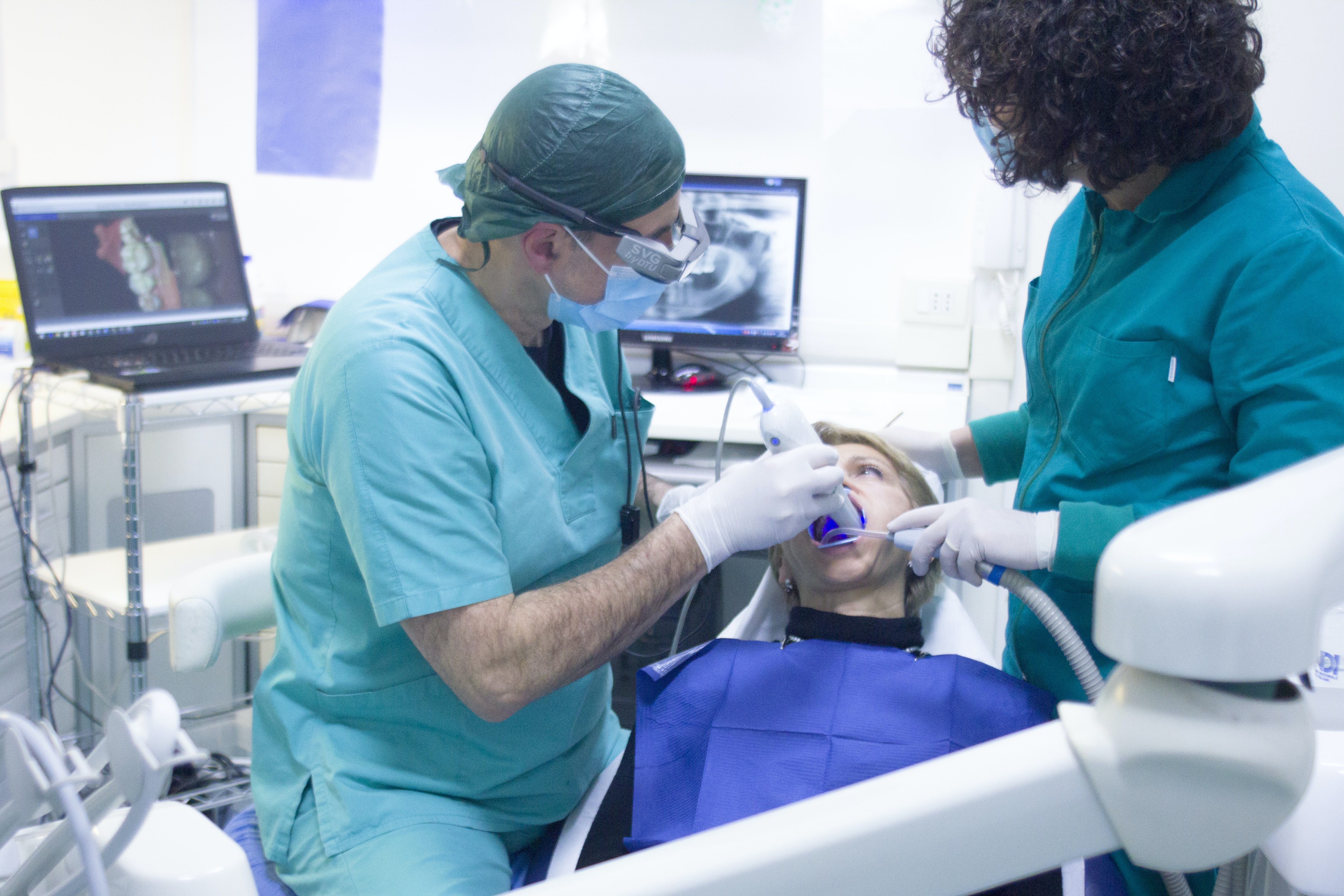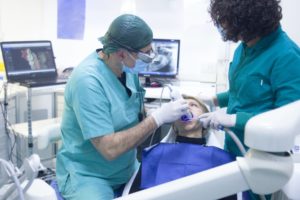How Sedation Dentistry Works and What It Involves?
Do you find yourself tensing up when you think about getting your teeth cleaned in the dentist’s office? Would you prefer to endure a toothache than sit on a dentist’s chair? Well, you are not alone. There are many people who are so scared of going to the dentist that they would rather not have any treatment at all. If you are someone who is afraid of dentists, sedation dentistry just might save you. Sedation can be used for practically everything, from simple tooth cleaning to more invasive procedures.
Sedation dentistry uses medication to help you relax during a dental procedure. Although not wholly accurate, it can sometimes be called sleep dentistry. Usually, patients are awake, except for those who are placed under general anesthesia. It comes in four main levels: minimal sedation, moderate sedation or conscious sedation, deep sedation, and general anesthesia. Below are the types of sedation used in dentistry.
- Inhaled Minimal Sedation – You breathe in nitrous oxide, more commonly called “laughing gas,” to help you loosen up. The amount of nitrous oxide you receive can easily be controlled, but it tends to quickly wear off. This is the only type of sedation where you can still drive yourself home after the treatment.
- Oral Sedation – This kind of sedation can range from minimal to moderate, and is the most common one used in sedation dentistry. There are people who become groggy with moderate oral sedation and even fall asleep while on it, although they can usually be awakened with a gentle shake.
- Intravenous Moderate Sedation – This drug is delivered to you through a vein, so it immediately goes to work as soon as it is injected. With this kind of sedation, your dentist is able to continually adjust the level of sedation as he sees necessary.
- Deep Sedation – Also called general anesthesia, this type gives you medications that will make you almost or totally unconscious during the dental procedure. You cannot easily be awakened while under deep sedation unless the effects of the anesthesia wear off, or it is reversed using medications.
Whatever kind of sedation your dentist gives you, you will almost always get a local anesthetic as well. This medication will numb the site where your dentist is working, and relieve any pain should the procedure cause any discomfort. Talk to your dentist to learn more about dental sedatives and which of their types is best for the specific procedure that you need.






 |
|